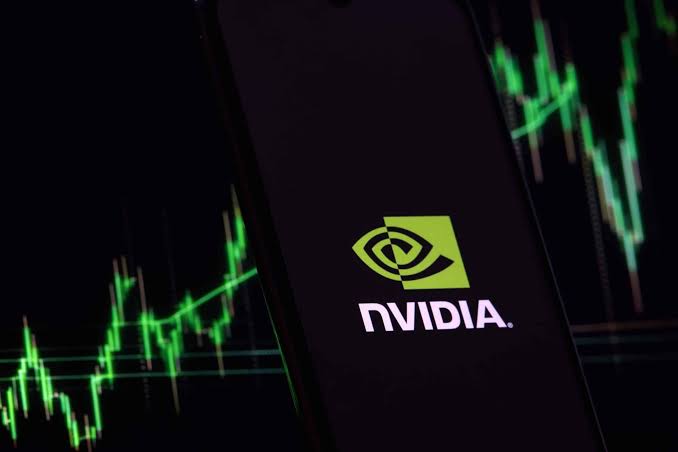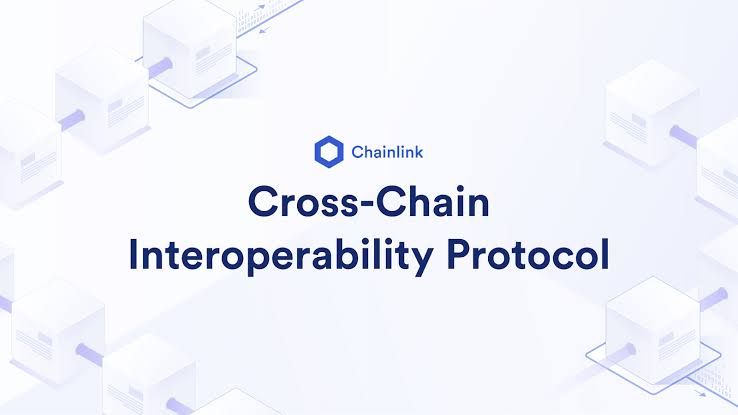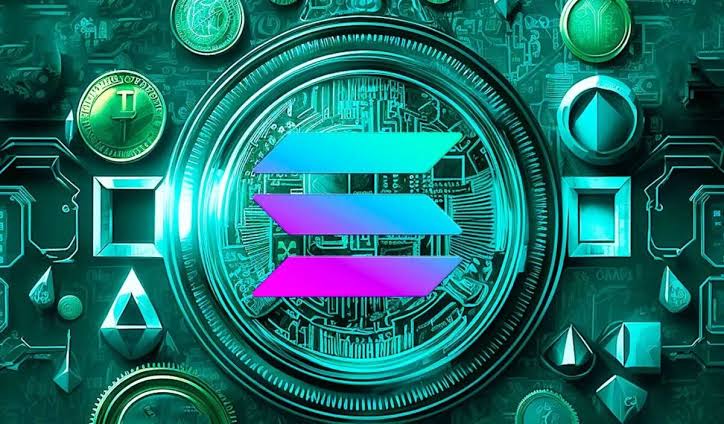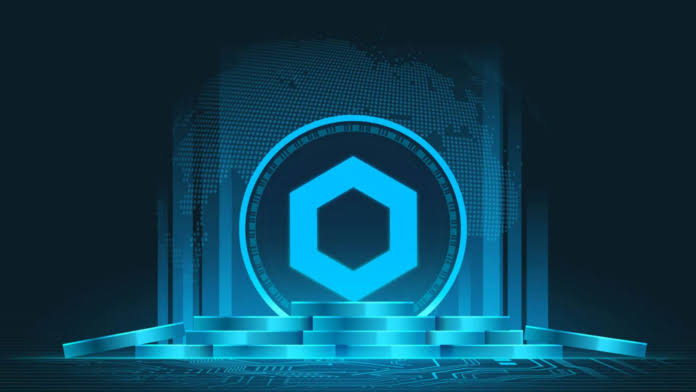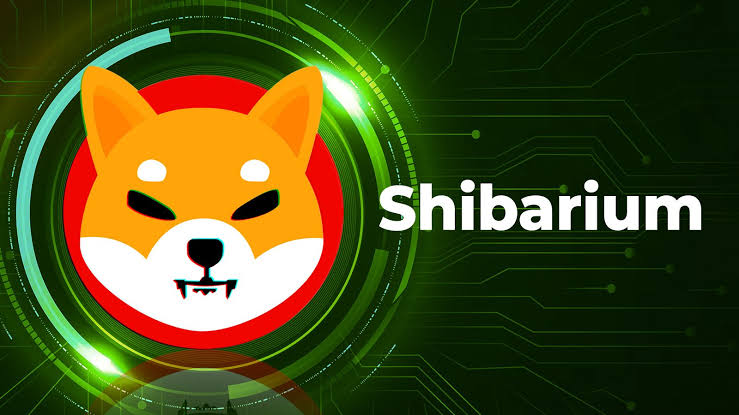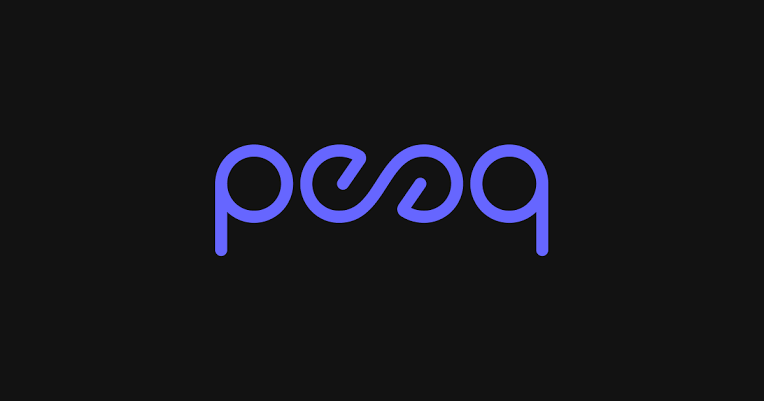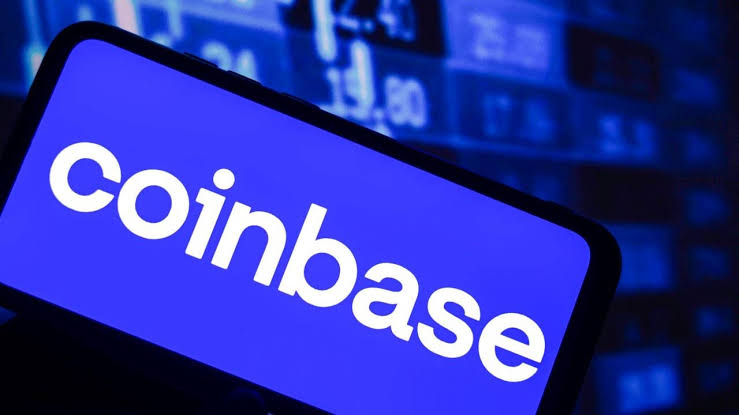Will AI cryptocurrency tokens follow Nvidia’s 15% share price increase in just five days?
One of the largest manufacturers of graphics processing units (GPUs), Nvidia, has seen a 15% increase in share price this week. This has analysts wondering if other “bottomed out” artificial intelligence (AI) cryptocurrency tokens would follow.“This is completely crazy,” the trade resource said.In a report published on April 27, The Kobeissi Letter said, highlighting the significant increase in Nvidia’s market capitalization over the previous trading week: “From a low of $756 to $880+, the stock has jumped, adding ~$320 BILLION in market cap,” it continued. Despite the fact that the prices of AI crypto tokens have decreased overall, analysts believe that Nvidia’s robust performance will benefit the market, as they did during the last cycle.The performance of Nvidia is the “basis assumption” that pseudonymous cryptocurrency trader Crypto Stream used to justify his AI token investments on April 26 in a post on X.On May 22, the company is expected to make public its Q1 2024 financial report. “Many TradFi investors are probably waiting for this data before making their next move. Don’t forget they felt a lot of FOMO when NVIDIA pumped non-stop,” they explained. As for the cryptocurrency trader CryptoGodJohn, he went on to say on April 27 to his 668,100 X followers that it “should be an exciting few weeks leading into the Nvidia earnings.”CryptoGodJohn continued, “A lot of AI coins looking bottomed out here.”According to CoinMarketCap data, during the last 24 hours, Render (RNDR) has decreased 6.89%, Fetch.AI (FET) has decreased 6.12%, and SingularityNET (AGIX) has decreased 5.47%. Since the close of business on April 19, when the stock ended at $762, NVDA has recovered by 15%.As of April 26, the last day of trade, the share price was $877.NVDA increased 6.18% just in the last day, based on data from Google Finance. After Nvidia’s impressive performance was revealed in its fourth quarter 2023 earnings report in February, the price of AI cryptocurrency tokens surged.Cointelegraph reported on February 26 that AI cryptocurrency tokens saw a spike in value when Nvidia revealed profits that exceeded expectations.With respect to Q4 2022, the company reported revenue and earnings of $22.1 billion and $12.3 billion, respectively. These figures indicate rises of 265% and 769%.A few days prior, on February 22, it was announced that since Nvidia’s quarterly earnings announcement, the total market capitalization of AI-based tokens has increased by almost 9% to $17.8 billion, from $7 billion earlier in the month.


